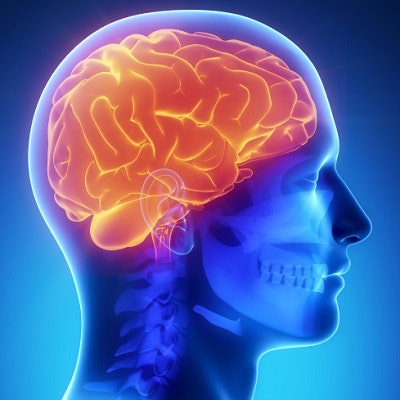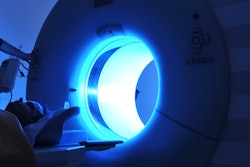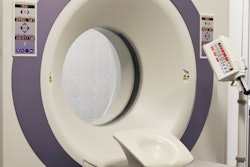
Using the Canadian CT Head Rule to assess the need for imaging after trauma in community emergency departments (EDs) reduces unnecessary exams by more than 5%, according to a study published online July 21 in the Annals of Emergency Medicine.
Researchers from Kaiser Permanente Southern California in Pasadena also found that using the rule increased the diagnostic yield of head CTs for adult trauma encounters in the ED.
Approximately one in three CT exams performed for head injury may not be needed, wrote lead author Dr. Adam Sharp and colleagues. The Canadian CT Head Rule was developed by a group led by Dr. Ian Stiell of the University of British Columbia and published in the Lancet in 2001. It directs physicians to use CT for head trauma if the patient has any one of these high-risk factors: a Glasgow Coma Scale rating between 13 and 15 at two hours after the injury; a suspected open or depressed skull fracture; any sign of basal skull fracture; two or more episodes of vomiting, and patient age of at least 65 years.
Sharp's group evaluated how a clinical intervention that included the rule, physician education, and clinical decision support might influence the use of CT exams for head trauma in 13 Southern California EDs between January 2014 and December 2015.
The study consisted of adult patients with a trauma diagnosis and Glasgow Coma Scale score at ED triage. Sharp and colleagues compared CT use both before and after the intervention.
Over the study time frame, there were 44,947 ED encounters that involved head injury -- 28,751 before the intervention and 16,196 after it. These ED visits resulted in 14,633 head CTs (9,758 before the intervention and 4,875 after it), with an absolute 5.3% reduction in CT use postintervention, the researchers found. After the intervention, the diagnostic yield of CT head exams increased by 2.3%, they wrote.





















